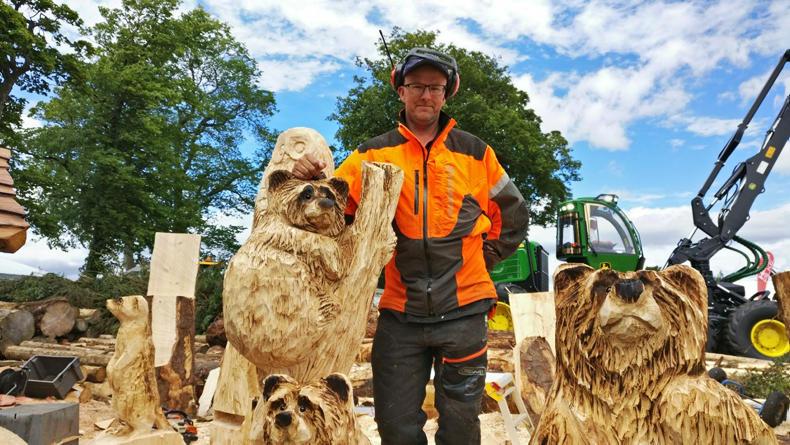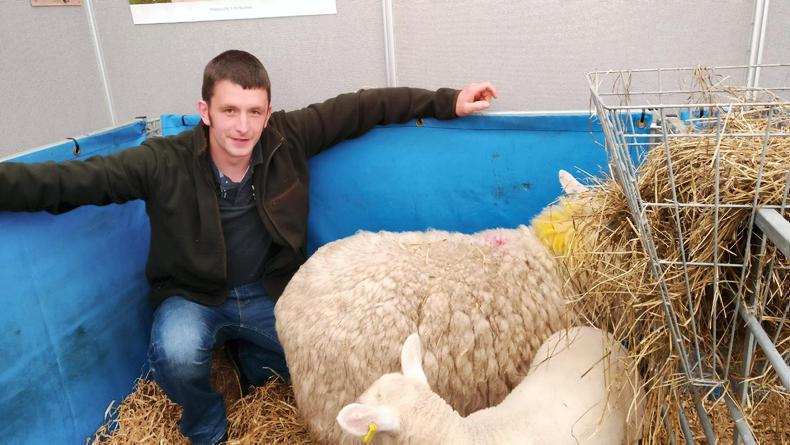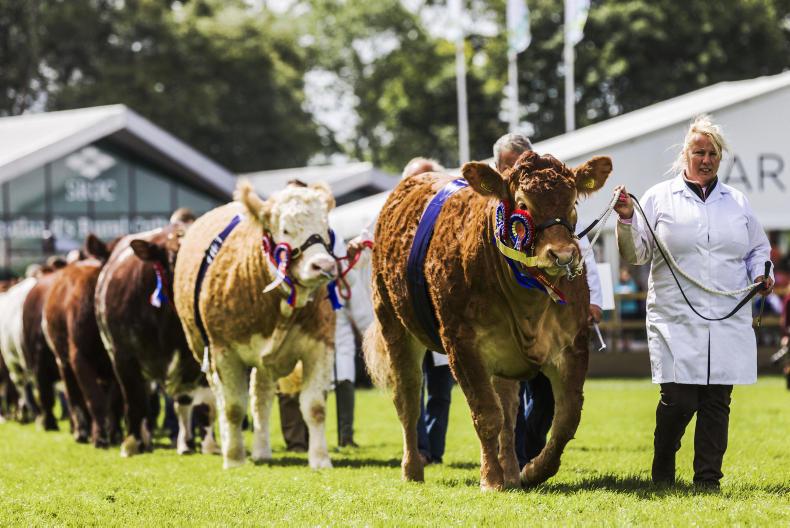The Royal Highland Show is a must-see for anyone interested in agriculture and rural life.
The 177th instalment of Scotland’s premier farming show took place just outside Edinburgh last week from 22 to 25 June.
The Highland Show is the equivalent of our National Ploughing Championships. It’s where farmers meet at the same stand, on the same day, at the same time every year.
It might seem like a long way to Edinburgh for a show, but you will find the Irish punters have less distance than some of the Scots to travel.
Regular flights, albeit on small aircraft complete with wind-up propeller, make a day trip possible. Plus a 20-minute walk will get you from the door of the airport to the entrance of the show. However, in reality you would need more than a day to see everything.
Steep entry price (£27) aside, the show does not disappoint.
Complete with bagpipes, kilts and tractors designed to look like Highland cows, it is everything you expect to see in Scotland.
To quote the great BBC sports commentator John Motson after Scotland beat England in Wembley in 1977: “The scene is so typically Scottish.”
The Highland Show is an institution.
The prize-winning cattle are led around the ring in the grand parade each afternoon, a spectacular display of beasts of all breeds.
Overall champion
The 2017 RBS overall beef champion supreme was awarded to a Limousin heifer, Foxhillfarm Mamamia, bred by a herd in Devon in the south of England.
“We’ve won the Limousin title three times in the last four years,” owner Michael Alford told the Irish Farmers Journal.
“Her mother, Glenrock Illusion, was sold for 125,000gns which was a world record price for a female, and that was one of our first calves.”
Meanwhile, you can find timber carvings of bears, cows and even Scotsmen at the Forestry Arena where the chainsaw carvers pull huge crowds.

“When I started there were four of us in Scotland and now there’s probably 40 or 50,” said carver Iain Chalmers from Inverness. “I’m self-taught really. There was no one near me doing this when I started, it’s far more popular now.”
The carvings are mostly sold at the show for anywhere above £100, depending on its size.
As skilfully crafted and all as they were, it might have been a struggle to fit them in the hand luggage on the propeller plan.
It’s a 12-hour ferry to get from the Shetlands to the mainland, we leave at seven at night and we get there at seven in the morning. Then it’s a three-hour drive from Aberdeen to Edinburgh
Over at the National Sheep Association, we spoke to a young farmer who travelled 15 hours to bring his sheep to the show.

“It’s a 12-hour ferry to get from the Shetlands to the mainland, we leave at seven at night and we get there at seven in the morning. Then it’s a three-hour drive from Aberdeen to Edinburgh,” Fraiser Anderson said.
He hauls two ewes with lambs at foot on an 800-mile return journey to spread the word about the Shetland breed.
“You can cross it with nearly anything – it’s good for a foundation female. They’ve a cracking mothering ability and they can graze on varied ground, they’re good foragers,” Anderson said.
“We’re just two young boys trying to promote the breed, make folk realise that the Shetland sheep is good on a commercial basis.”
The Irish Farmers Journal had a strong presence at the show this year, which acted not only as a selling point for our new Farmers Journal Scotland edition, but also as a home-away-from-home for all the Irish visitors over there.
There were kilts and cattle aplenty but it’s much more than that.
It’s Scotland. It’s rural life. It’s tradition.
Odile Evans will join the Farmers Journal Scotland editorial team as and from next week to help drive the successful start to the new publication. She can be contacted on oevans@farmersjournal.co.uk






 This is a subscriber-only article
This is a subscriber-only article












SHARING OPTIONS: